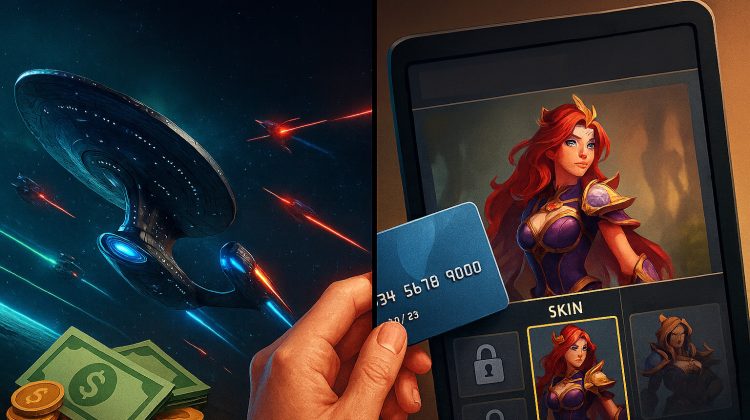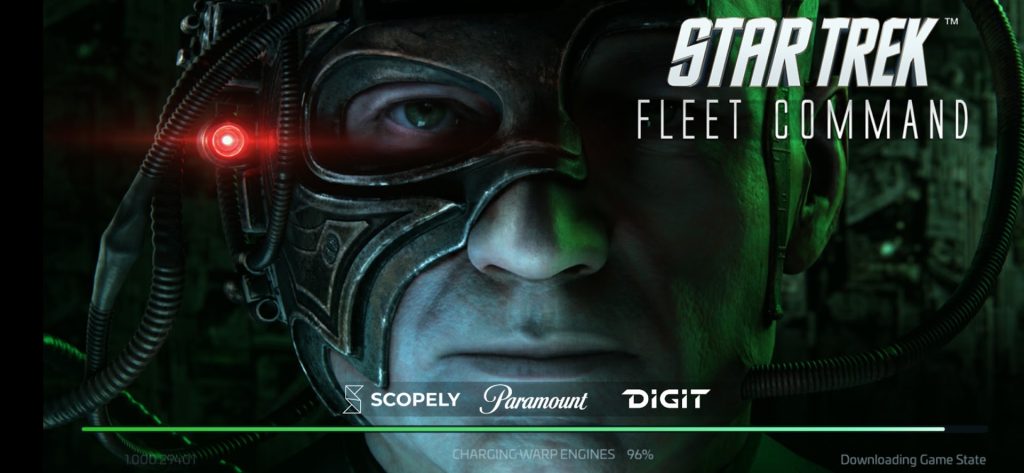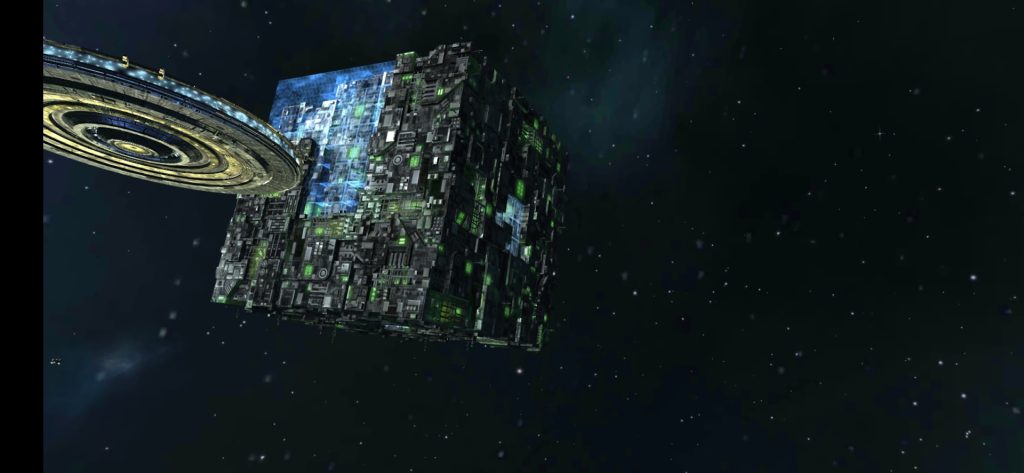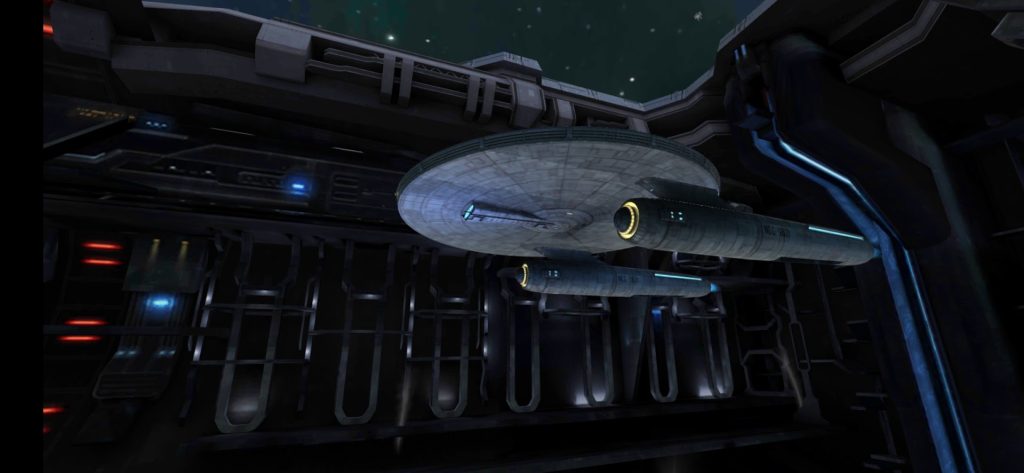
They’re “free” — until you realize you’ve dropped $80 on skins, premium currency, and a pet dragon that dances when you win. Free-to-play (F2P) games have transformed the gaming industry, turning once-simple downloads into multi-billion-dollar ecosystems. But behind the lure of “play now, pay never” lies a carefully engineered business model designed to keep you engaged… and spending.
And in some games, it’s not just spending — it’s armored credit cards at dawn. Enter the wallet warrior.
The Illusion of Free
At first glance, F2P games feel like a gift: no upfront cost, instant access, and endless hours of fun. The real trick? Monetization comes later — after you’ve invested enough time (and emotional energy) to care about your progress. This is where the model thrives: you’re more willing to pay to protect something you’ve already built.
Microtransactions: The Small Charges That Add Up
From cosmetic skins to time-saving boosts, microtransactions are the beating heart of the F2P economy. Individually, $1.99 or $4.99 feels harmless — but for the developers, millions of players making “harmless” purchases is the jackpot. It’s the same principle casinos use: small bets, frequent wins, repeat engagement.
Whales, Dolphins, Minnows… and Wallet Warriors
Not all players spend equally. The industry divides spenders into tiers:
- Whales: Big spenders who drop hundreds (or thousands) on a single game.
- Dolphins: Moderate spenders who buy regularly, but in smaller amounts.
- Minnows: Players who spend little to nothing, but still contribute to the ecosystem by filling lobbies and making the game feel alive.
And then there are wallet warriors — the apex predators of the F2P ocean.
In games like Star Trek Fleet Commander, these players can throw down thousands of dollars in a single month to maintain an elite, unreachable #1 spot on their server or to supercharge their alliances. They level faster than anyone else, unlock rare ships weeks (or months) before others, and dominate PvP simply because they can outspend — not just outplay — their opponents.
For wallet warriors, spending isn’t just about the gear. It’s about cementing power, controlling territory, and ensuring no one else even dreams of catching up.



League of Legends: The Masterclass in Cosmetic Monetization
Not all successful F2P games lean on wallet warriors for revenue. League of Legends (LoL) is one of the most profitable games on the planet, yet it offers zero direct gameplay advantages for paying players. All purchases are purely cosmetic — skins, emotes, icons, and chromas that don’t change the stats, only the style.
This “pay-for-flair” model thrives because of aspiration and status signaling. In LoL, rocking a rare skin can be as much a flex as hitting a high rank — especially if that skin’s from a limited event or a long-retired collection. Players aren’t paying to win; they’re paying to stand out.
Riot Games has also mastered the art of freemium strategy through:
- Rotating free champions to keep non-paying players engaged while tempting them to buy their favorites permanently.
- Event passes that bundle cosmetic rewards with mini-challenges.
- Cross-media synergy with music videos, animated series (Arcane), and merch that deepen emotional investment — making that $15 skin feel like part of a larger fandom experience.
The brilliance here is that the game remains fiercely competitive and skill-based, yet still drives staggering revenue from players who want to personalize their play.
Engagement Loops and Player Retention
Daily challenges, login bonuses, and limited-time events aren’t just fun extras — they’re retention tools. By rewarding you for showing up every day, F2P games keep you in the habit until spending feels like the natural next step.
In Fleet Commander, this means cash-fueled event dominance. In League of Legends, it means tempting you into event-specific skins or exclusive rewards before they vanish. In both cases, the pressure is the same: play now, pay now — or miss out forever.
The Psychology of Spending in Games
Developers lean heavily on behavioral psychology. Loss aversion makes you more likely to pay to avoid setbacks. FOMO (fear of missing out) pushes you toward limited-time offers. And social pressure from guilds, alliances, or ranked play can nudge you into purchases so you’re not “the weak link.”
Wallet warriors experience these pressures differently — often not as fears, but as challenges to be crushed. In LoL, that might mean dropping money on every prestige skin for prestige’s sake. In Fleet Commander, it’s outspending rivals into submission.
Why the Model Works
F2P games thrive because they lower the barrier to entry while monetizing enthusiasm instead of access. Players who can’t or won’t pay still keep the game socially relevant. Those who do pay, pay far more than they would for a flat-rate title — and in the case of wallet warriors, that can mean tens of thousands of dollars in a single year.
LoL shows that you don’t need to sell power to make billions. Fleet Commander proves that selling power can create entire empires within a game. Both models work — and both are here to stay.
The Future of Free-to-Play
Expect F2P economics to evolve alongside emerging tech. AI-driven personalization will fine-tune offers based on individual spending patterns. Cross-platform economies will let you carry purchases between mobile, console, and PC. And yes, there will be even bigger digital battlegrounds for wallet warriors to dominate… and for LoL-style collectors to curate.
Leave a Reply